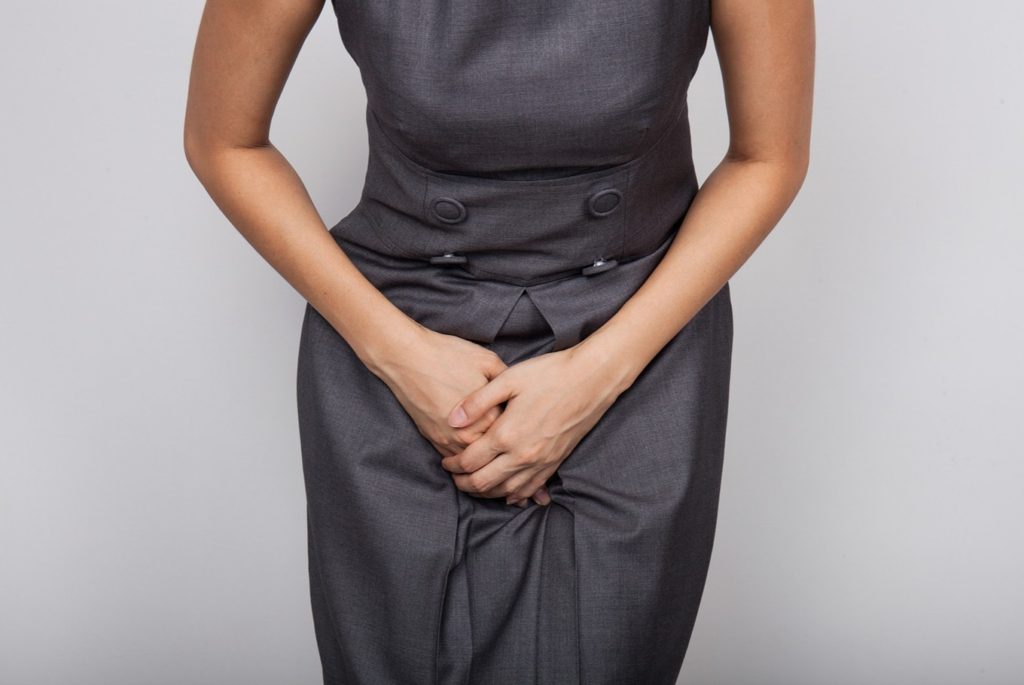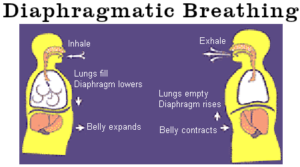
By Lyn Journey, PT
Women’s Health Physical Therapist
If you are “peeing your pants” postpartum you are not alone!! But that does not mean it has to be your new norm.
Is your urge so strong that you just cant make it to the bathroom in time, (urge incontinence), or are you soaking yourself when coughing, sneezing or lifting your child (stress incontinence)? Maybe both. Either way, there is something you can do about it….Exercise! And you don’t even have to go to the gym.
Pelvic floor exercises, “kegels” can start immediately after delivery. They increase circulation in the pelvic floor region, decreasing swelling and postpartum pain, improve muscle tone, and promote healing.
If you are not sure where to find your pelvic floor muscles, (pfm) try stopping urination mid stream. The muscle you tighten to do this are the same ones you will want to contract when you do a kegel. WARNING!! Once you “find” your pelvic floor muscles, DO NOT continue to contract your muscles when urinating. You may test yourself 1x/month, but too often can actually lead to urinary tract infections and incontinence.
HOME EXERCISE PROGRAM : Contract your pfm and relax (the relaxation is just as important as the contraction). Do 5 reps 5x/day. Hold your contraction for up to 5 seconds then relax for 5 seconds. Don’t hold your breath. Keep breathing as you hold. As this gets easier, increase to 10 second holds with a 5 second relaxation, and increase to 10 reps, up to 8x/day. These exercises should be done throughout the day, and can be done while doing something else such as lying in bed in the morning, feeding your baby, standing in the shower, waiting at a stop light, etc. Try to make it part of your routine.

If your STRONG URGE is the problem, here are some tips:
- When you feel the urge to pee, STOP, do NOT run to the bathroom. Try some “urge suppression techniques” such as distraction (math/poem/song/or prayer in your head), small pfm contractions, calm breaths, and wait for the urge to go away. The urge will “crest like a wave” then it will go away. Then, WALK, don’t run to the bathroom. Rushing causes an adrenaline rush which increases the pressure on your bladder.
- Try to avoid constipation, it puts pressure on the bladder (drink lots of water and eat plenty of fiber).
- Don’t cut back on water—drinking less will not necessarily make you have to pee less. Drinking less water makes your urine more concentrated (yellow/strong) which is irritating to the bladder lining. This makes your bladder want to get rid of the urine, increasing your urge and frequency. Increased water intake will also be beneficial for your bowels and breast feeding.
- Avoid caffeine, sugary drinks, and alcohol as these items are bladder irritants and increase urge.
- DIAPHRAGMATIC BREATHING (BELLY BREATHING): decreases your heart rate, your blood pressure, decreases stress hormones in your body, and DECREASES URINARY URGE. Who doesn’t want that? Here’s how to do it: Put one hand on your belly. Breath in through your nose and watch your hand rise up with your belly. Your chest should be quiet(no movement). It takes practice. Breath out through a small mouth, like you are blowing out candles.

HOME EXERCISE PROGRAM: BREATH IN through nose for 4 seconds and OUT through small mouth for 6 seconds. Do 3-4 breaths every hour or frequently throughout the day. “Sniff the roses then blow out the candles.” This will quiet down your “twitchy” bladder.
If months go by and you are still leaking or having pain, talk to your doctor or midwife. It is not “normal” to keep leaking, baby or not. Ask for a referral to a physical therapist that specializes in pelvic floor therapy. Research proves that incontinence improves with skilled therapy.

